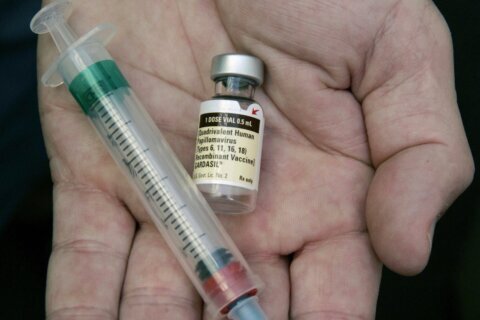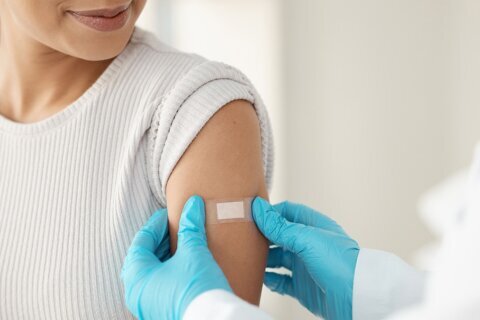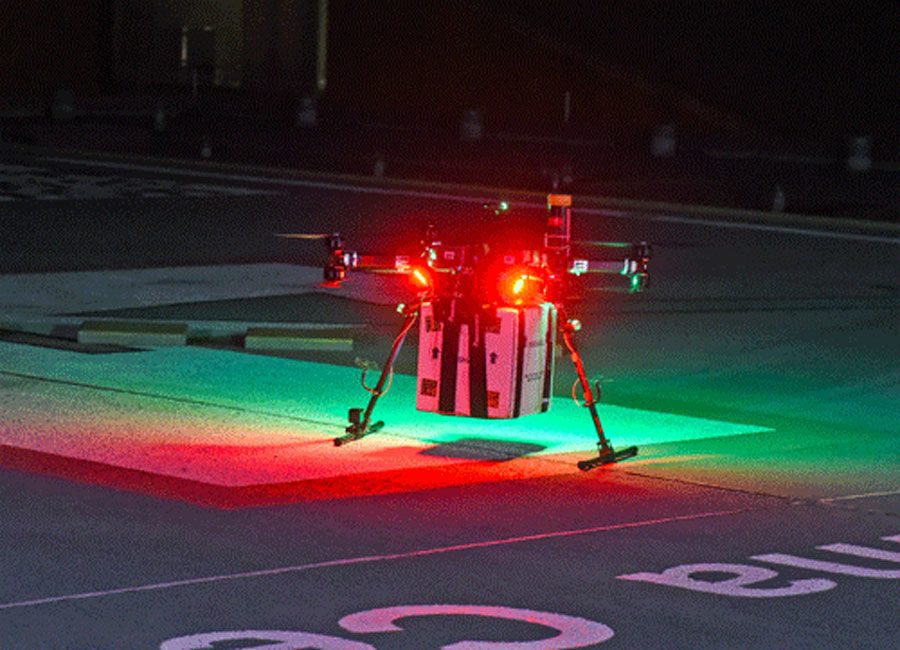
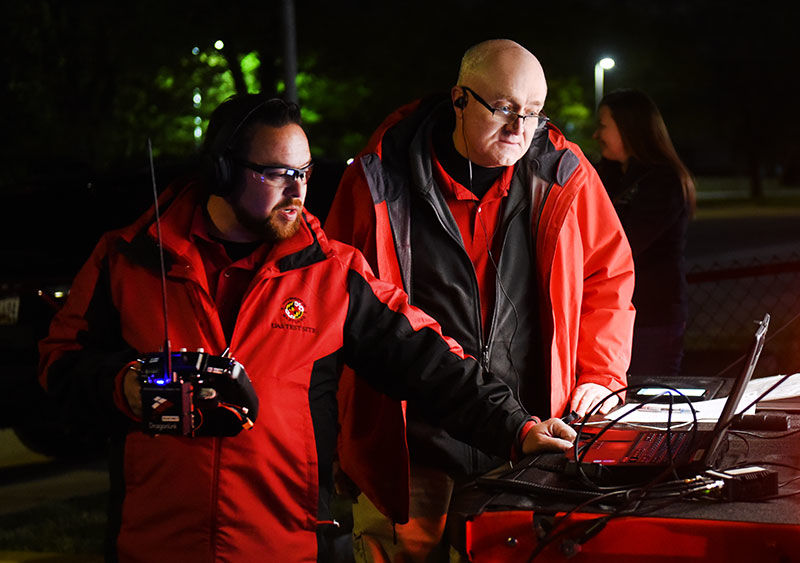
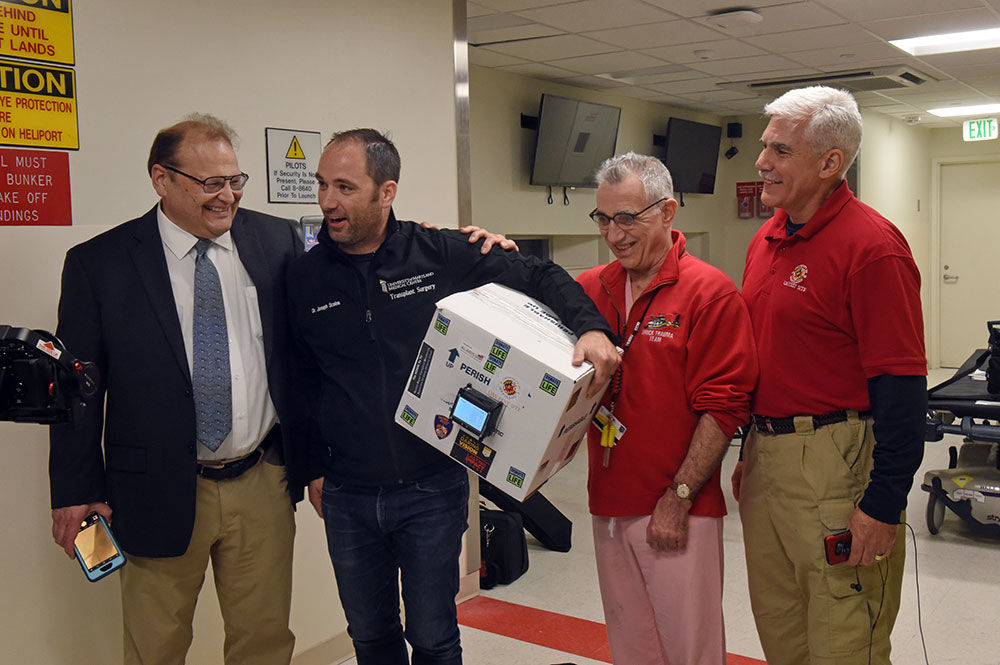
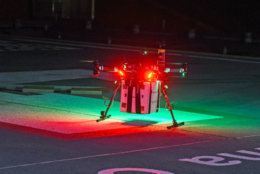
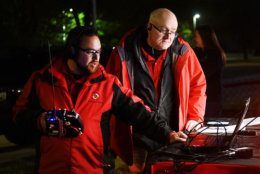
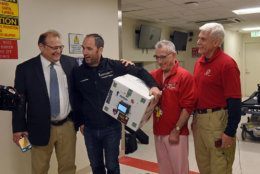
The drone delivery of a kidney recently used for an organ transplant in Baltimore is being characterized by the University of Maryland as a “pioneering breakthrough” advancement in human medicine and aviation technology.
“It’s huge. We knew from the very first time that we met with Dr. (Joseph) Scalea, and he suggested the idea of what he wanted to do — we knew it would be earth-shattering and life-changing, and it really has become that,” Matthew Scassero, director of the Unmanned Aircraft Systems Test Site at the University of Maryland, told WTOP.
The unmanned aircraft system’s flight on April 19 through the city of Baltimore occurred at about 12:30 a.m. and was less than 3 miles, but represents a huge first step.
“This is a major step toward reinventing the way that the current system of organs are moved,” said Scalea in a video depicting the flight. “I think we helped a lot of people this way. It might take a long time, but it’s a first step.”
The team effort making everything possible included aviation and engineering experts at the University of Maryland; transplant physicians and researchers at the University of Maryland School of Medicine in Baltimore; and the Living Legacy Foundation of Maryland.
The Federal Aviation Administration and Baltimore police also had to sign off on the flight.
“It was a lot of logistics to make all that happen,” Scassero said. “The great thing was, because of the type of mission we were doing — humanitarian, for people — it was actually fairly easy to get everybody to nod (in) agreement that we need to do it.”
The automated drone flew the route itself, carrying everything from a parachute to a radio tracking system, a video camera and a box of sensors for the kidney that monitored temperature, pressure, vibration and location of the organ.
Upon arriving at the University of Maryland Medical Center, the organ was successfully transplanted. The recipient is a 44-year-old Baltimore woman who has spent eight years on dialysis. She was discharged from the hospital last Tuesday.
“We want to prove that this can work. That we can safely transport an organ, even if it were a few short miles, safely from point A to point B and reach that waiting recipient,” Living Legacy Foundation CEO and President Charlies Alexander said in the video.
Scassero believes what he calls this small, first step has the potential to be monumental for future patients in need of transplants.
“Just in kidneys alone, every year in the United States, they throw away 2,700 kidneys a year because they can’t get them to the patient fast enough and they just can’t use them,” Scassero said.
Projecting what might happen in the future, Sassero added, “We’re going to be able to save those organs, get them there quicker and get them into patients when they’re still viable. So, that’s 2,700 more patients that live, because those people who don’t get organs, they die.”


